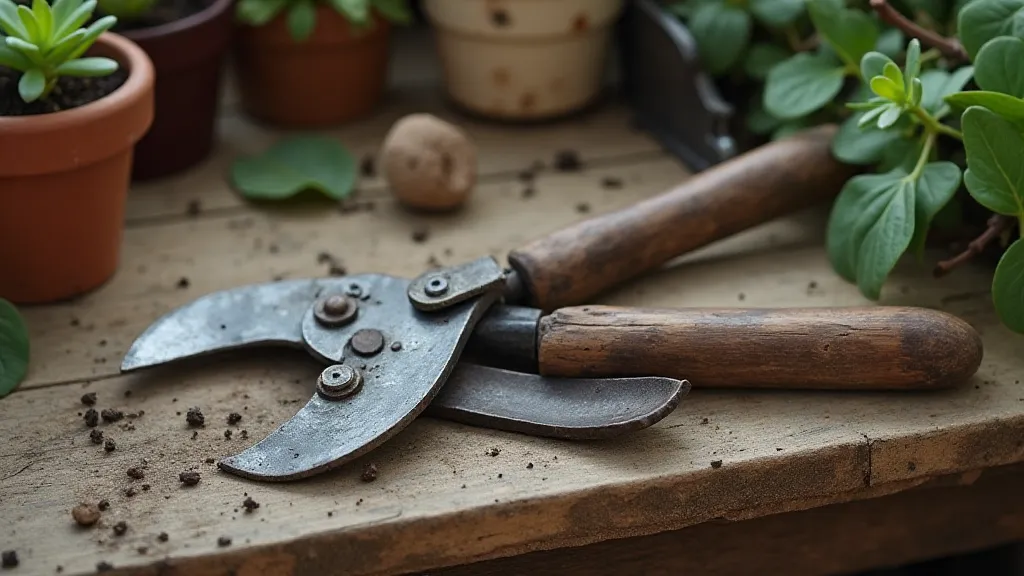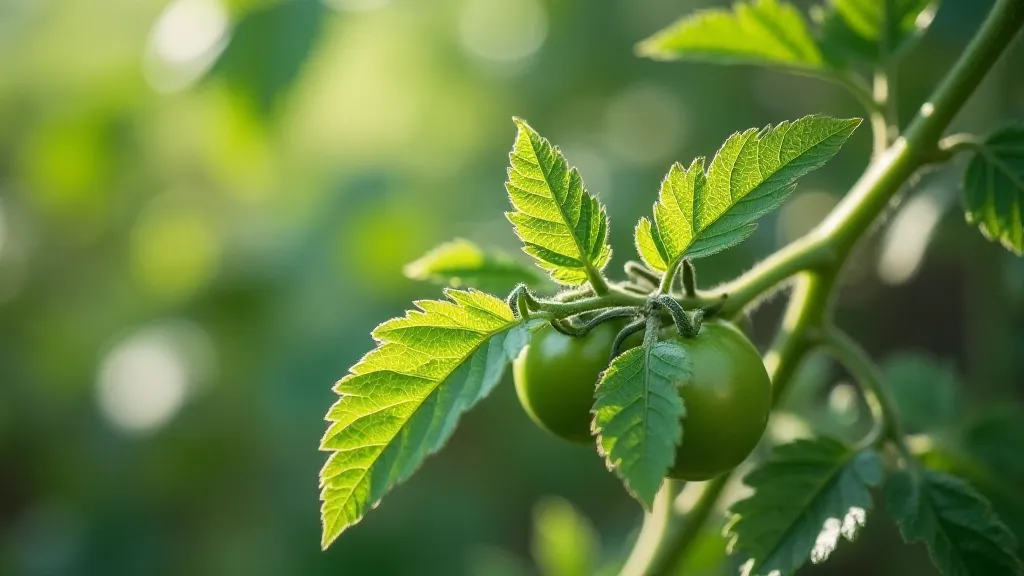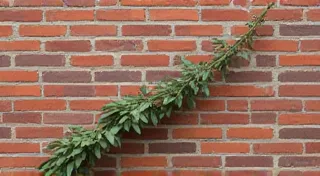The Gardener's Compass: Navigating the Labyrinth of Tomato Diseases in Containers
There's a quiet joy in cultivating something ancient, something that connects you to generations past. It's the feeling you get holding a well-loved antique accordion – the scent of seasoned wood and leather, the echoes of melodies played decades ago. Each button, each reed, tells a story of craftsmanship, resilience, and a legacy of shared experiences. Growing heirloom tomatoes in containers, much like restoring an accordion, requires patience, observation, and a deep respect for the inherent beauty and fragility of life. Just as a master accordionist listens for the slightest dissonance, the container gardener must be attuned to the subtle signs of trouble – especially when it comes to disease.
The container environment, while offering manageable size and mobility, presents unique challenges for tomato health. The confined space, limited soil volume, and potentially less-than-ideal ventilation can create conditions ripe for disease to take hold. Unlike a sprawling garden bed where air can circulate freely, a container-bound tomato plant is often more vulnerable. But fear not! With a little knowledge and proactive care, you can navigate this labyrinth and enjoy a bountiful harvest of vibrant, flavorful heirloom tomatoes.

Understanding the Threats: Common Tomato Diseases in Containers
Let’s face it, even with the best intentions, tomato diseases can strike. Identifying them early is paramount. Think of it like diagnosing a problem with your accordion. A slight buzz, a missed note – those are warning signs. Ignoring them will only exacerbate the issue. Here are some common foes you might encounter:
- Early Blight: This one starts with small, dark brown spots on the lower leaves, often surrounded by yellowing. It progresses upwards, eventually causing the leaves to drop. The spores spread easily, especially in humid conditions.
- Septoria Leaf Spot: Characterized by small, circular spots with dark borders and a light-colored center on the lower leaves. Like Early Blight, it weakens the plant and reduces yields.
- Fusarium Wilt and Verticillium Wilt: These are soilborne fungal diseases that disrupt the plant's vascular system, causing wilting, yellowing, and stunted growth. They are notoriously difficult to eradicate once present.
- Blossom End Rot: While not strictly a disease, this physiological disorder causes a dark, leathery spot on the bottom of the tomatoes. It’s usually a sign of calcium deficiency, often exacerbated by inconsistent watering.
- Mosaic Virus: Caused by several viruses, this manifests as mottled, distorted leaves and reduced fruit production. Often spread by aphids or contaminated tools.
Prevention: The Gardener’s First Line of Defense
Prevention, as they say, is better than cure. Think of it like meticulous maintenance for your accordion – regular cleaning, careful storage, and prompt repairs. Here are key preventative measures for your container tomatoes:
- Choose Disease-Resistant Varieties: Some heirloom varieties possess a degree of natural resistance. Research and select accordingly.
- Start with Healthy Seedlings: Source your seedlings from reputable nurseries. Inspect them carefully before planting.
- Use High-Quality Potting Mix: Don't skimp on the potting mix. A well-draining, nutrient-rich mix is essential. Avoid garden soil, which can be heavy and harbor pathogens.
- Ensure Adequate Spacing: Crowding plants promotes air circulation problems and disease spread.
- Water Wisely: Water at the base of the plant, avoiding wetting the foliage. Water deeply and consistently, especially during hot weather. Morning watering is ideal.
- Provide Good Air Circulation: Position containers to maximize airflow. Consider using stakes or cages to support the plants and prevent leaves from touching.
- Sanitize Tools: Clean pruning shears and other tools with a bleach solution (1 part bleach to 10 parts water) before and after use.

Organic Treatments: Gentle Solutions for Common Problems
If disease does strike, don’t despair! Organic treatments offer effective solutions with minimal environmental impact. Much like the careful restoration of an accordion, these approaches require patience and attention to detail.
- Baking Soda Spray: For early blight and Septoria leaf spot, a baking soda spray (1 tablespoon baking soda per gallon of water) can provide relief.
- Neem Oil: A broad-spectrum fungicide and insecticide, neem oil effectively combats many tomato diseases. Apply as directed on the product label.
- Copper Fungicide: An effective treatment for fungal diseases, copper fungicide is a traditional organic solution. Use sparingly and follow label instructions carefully.
- Milk Spray: Surprisingly, diluted milk (1 part milk to 10 parts water) can help prevent and control certain fungal diseases.
- Epsom Salts: For Blossom End Rot, Epsom salts can help correct calcium deficiencies. Dissolve 1 tablespoon in 1 gallon of water and apply as a foliar spray.
The Art of Observation: Your Most Valuable Tool
Perhaps the most critical aspect of container tomato gardening is observation. Just as a skilled accordion repairman listens for subtle changes in tone, the gardener must keenly observe their plants. Examine leaves regularly for any signs of discoloration, spots, or deformities. Early detection is key to successful treatment. The more familiar you become with the normal appearance of your plants, the easier it will be to identify problems when they arise. The satisfaction of nurturing a thriving heirloom tomato plant, free from disease, mirrors the pride of a restorer bringing a forgotten melody back to life through the breath of an antique accordion.

Growing heirloom tomatoes in containers can be a truly rewarding experience. It’s a journey of connection – a connection to the past, to nature, and to the simple joy of cultivating something beautiful and delicious. By embracing preventative measures, understanding potential threats, and diligently observing your plants, you can navigate the labyrinth of tomato diseases and reap a bountiful harvest.





